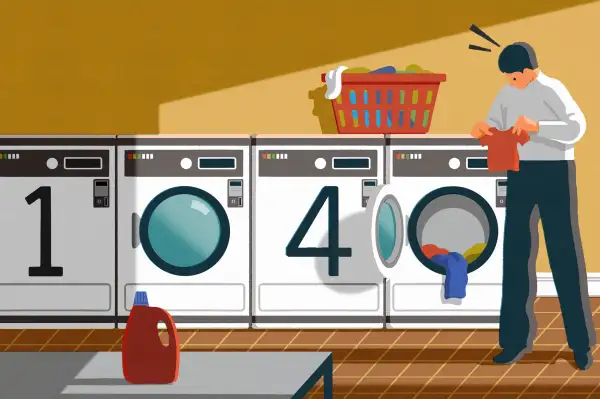Here's Why You're Probably Getting a Smaller Tax Refund This Year

Americans got large tax refunds last year — which surely paid for some spring shopping sprees — but you might want to temper your expectations for 2023.
So far this filing season, the average refund amount is tracking about 11% lower than last year. The typical refund is coming in at $3,079, down from $3,473 at the same time in 2022, according to IRS data.
But here’s the thing: Last year's big refunds had a lot to do with special pandemic-era policies — namely, the expanded child tax credit and stimulus check payments that went out via refunds to people who hadn’t already received them for one reason or another. (If you weren’t eligible to claim those funds, it’s quite possible your refund will be similar this year, assuming your tax picture hasn’t changed much.)
And while the average refund amount is lower so far this year, a larger share of taxpayers appear to be getting refunds as opposed to owing money on their taxes. The IRS reports an 18.2% increase in the number of Americans who have been issued refunds in the early part of this tax season, despite there being only a 4.2% increase in the number of tax returns processed to date.
Could my tax refund be bigger in 2023?
The size of your tax refund will be based on how much you overpaid in taxes for the 2022 calendar year, which depends on how much you elected to have withheld from paychecks, your eligibility for tax credits, the amount of deductions you can claim and other factors.
Your tax refund might increase this year if you earned more income, raised your withholding, had a change in filing status or became eligible for credits that you couldn’t take advantage of last filing season.
On the other hand, taxpayers who got the expanded child tax credit or stimulus payments on their 2022 refunds could see lower amounts this year. With the child tax credit, eligible families were able to claim up to $3,600 per kid on their returns for 2021, but the max went back down to $2,000 per dependent for 2022.
And there were several other pandemic tax measures that went away. The earned income tax credit and the child and dependent care credit provide reduced benefits compared to a year ago. Taxpayers were also able to deduct $300 for charitable giving last year even if they took the standard deduction, and that benefit is gone.
When will I get my tax refund this year?
Once you file your taxes, you shouldn't have to wait too long to get your refund. But if you have money coming your way, you might be eager to know the latest status.
You can use the IRS's Where's My Refund? tool to keep track of where it's at in the process. The agency says it issues the vast majority of refunds within 21 days for e-filers. If you want to get to get your refund as quickly as possible, it's best to request a direct deposit instead of a mailed check.
How can I make my tax refund bigger?
For many Americans, taxes are their biggest transaction all year. Research from Credit Karma shows that about a third of the public relies on their refunds to make financial ends meet, and that share is even higher among younger age groups.
While it can be risky to rely on your refund to pay bills and other necessities given the uncertainty around how much you'll get and when the money will arrive, there are steps you can take to make your refund bigger.
If you plan ahead, you can adjust your 2023 withholding so that you'll get more money back when you file your taxes. It's obviously too late to do it now for this round of refunds, but you can prepare for next year. The IRS has a tax withholding calculator that will help you figure out how much you should be paying in taxes on each paycheck. You can then submit a new Form W-4 to your employer.
You should also try to avoid paying unnecessary fees to tax prep services that chip away from your refund (looking at you, refund processing fees). Many Americans are eligible for tools that let them file their taxes for free; use these to avoid the upsell.
Lastly, consider talking to a professional to make sure you're claiming all the credits and deductions that you can. Tax experts can also give you advice about making contributions to a retirement plan to reduce your taxable income, which can increase the size of your refund.

